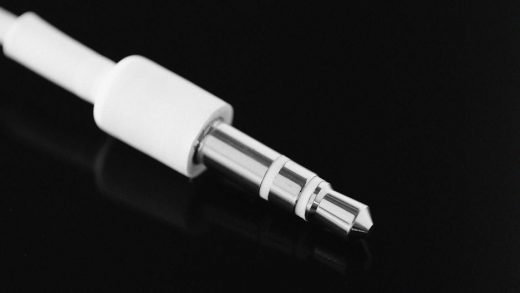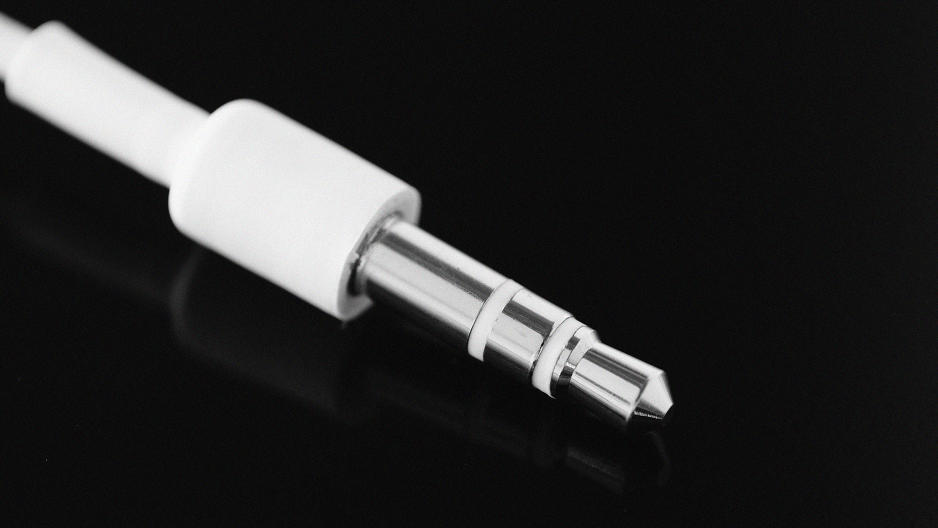Why Killing The Headphone Jack Could Make Samsung Phones Less Likely To Blow Up
In the wake of the Note 7 blowup debacle, Samsung is likely to take a new look at the entire design of its phones. The removal of the headphone jack seems like a logical first step.
With news of the explosions, many consumers are just now beginning to understand a quandary that Samsung engineers and designers have been wrestling with for years. People want smartphones that do more things: connect better, charge faster, and last longer per charge. But they also want them to be 7 millimeters thin. When we finally lift the curtain on Note 7 crisis, I have a hunch the key takeaway will be that you can’t have your cake and eat it, too. There are limits to the internal space, power availability, and cooling capability necessary to support all the features du jour in a razor-thin design.
In light of the battery-safety issues that made the Note 7s prone to exploding, it may be high time for Samsung to remove the headphone jack in its next major premium smartphone release, which will presumably be the Samsung Galaxy S8, next year. The removal of the jack has a lot to do with the safety of the battery.
The analog headphone jack—and all the housing needed to accommodate the jack inside the phone—takes up a lot of space. And the one thing we’re fairly certain of is that the instability of the battery in the Note 7 was related to the super-compact design of the phone and, by extension, the battery.
Lithium-ion batteries contain tightly packed positively charged and negatively charged plates. If these plates touch each other, it can set off a chemical reaction that can cause the battery to “vent with flame,” which is manufacturer parlance for “blow up.” Indeed a Korean government regulator concluded that the positive and negative charged plates inside the Note 7 batteries were too close to one another at the rounded edges of the phone.
It’s pretty likely that other factors were at play—the Note 7’s rapid-charging function, for instance. In fact, Samsung, as far as we know, still doesn’t know what happened to cause the Note 7 phones to explode. But it’s a safe assumption that if there were more space inside the phone for the battery, the battery design could have put more space between the positive and negative plates.
Removing the analog headphone jack might buy back some of the space needed to do that.
When Safety Takes A Backseat
Making such allowances for safety can run counter to the normal design thrust within a phone’s evolution. Phone makers want to put money, design effort, and in-phone real estate into customer-facing features that directly affect the consumer experience. Battery safety features don’t really do that. It’s seen as a downside risk, not an upside opportunity to delight the user.
The good news is that, despite skepticism from some in the tech press, the conversion of the phone to an all-digital device (no analog headphone jack) might kill two birds with one stone. Not only will the switch to digital create precious real estate inside the phone, it will also remove the analog bottleneck to audio quality. And noise-cancelling headphones wouldn’t have to be so big and bulky because they’d be getting power from the phone and wouldn’t need their own big battery on board. The list of benefits goes on.
Yes, there are risks. There’s a chance the phone maker could use the digital format to impose control over what kinds of headphones and speakers can be connected. Audio content owners could feasibly use the digital format to impose new digital contact management (DRM) controls on users. I think phone makers and content owners would think twice and three times before doing such consumer-hostile things.
The simple fact, as the phone makers see it, is that consumers want higher audio quality from their phones. And phone makers will all give it to them, digitally. Removing the analog headphone jack won’t fix all Samsung’s problems, but it could be a good start.
Fast Company , Read Full Story
(64)














